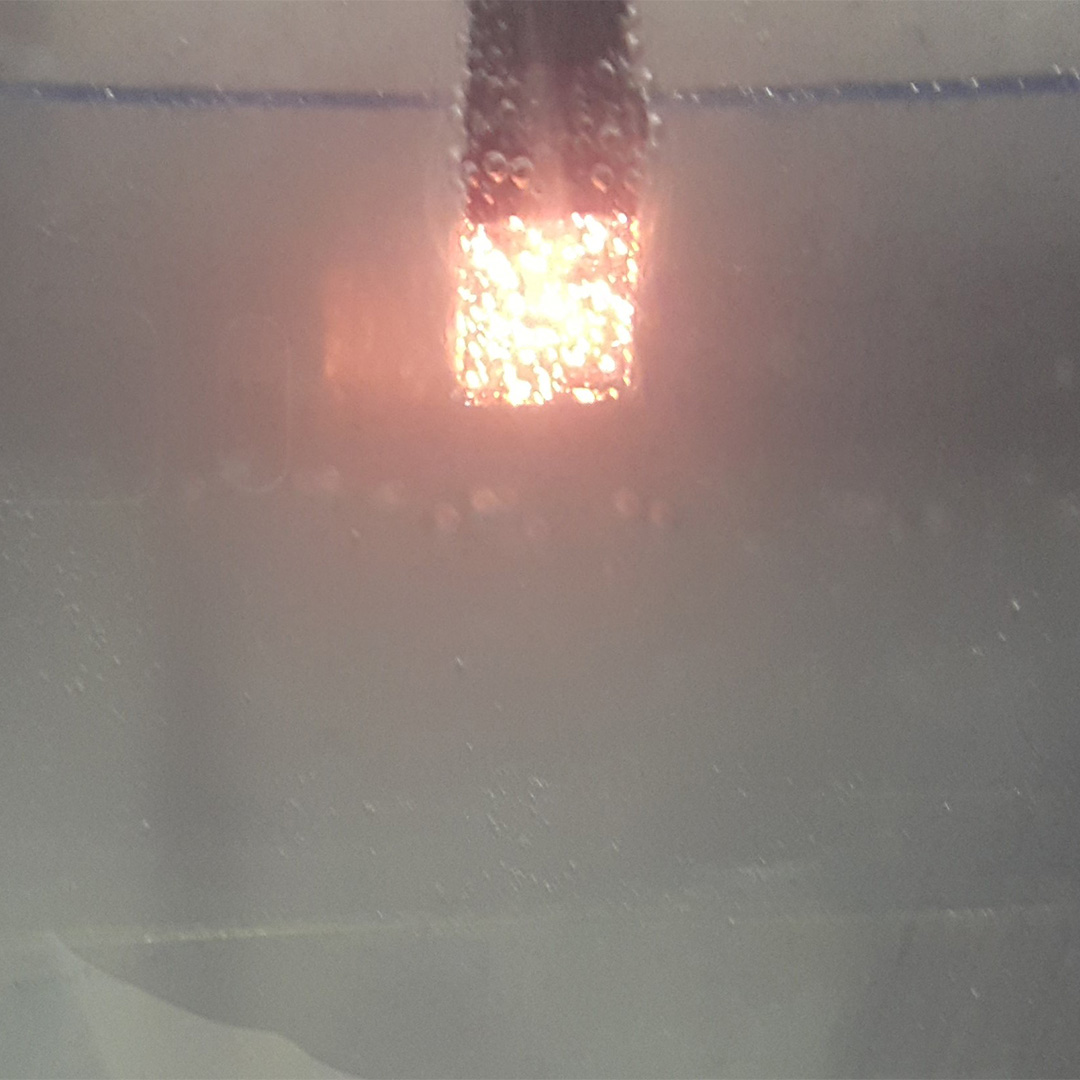Electrolytic Plasma System
Coating of metals in the electrolyte plasma environment has recently received much attention. The set of methods in which the coating is based on the formation of plasma in a liquid medium (electrolyte bath) is called PED (Plasma Electrolytic Deposition). The main components of the system are the plasma power supply (high voltage) and the electrolyte bath. The workpiece and the electrolyte tank are also the poles of the electrolysis system.

PED coatings are divided into two main parts PEO (Plasma Electrolytic Oxidation) and PES (Plasma Electrolytic Saturation).
PES (electrolytic plasma saturation)
This method includes methods such as carborising, nitriding, and boriding of steel in an electrolytic plasma environment.
PEO (Electrolytic Plasma Oxidation)
Among the electrolyte plasma coatings, PEO coatings are the most industrialized. In this method, an oxide layer is formed on non-ferrous metals such as aluminum, magnesium, titanium, zirconium, etc. in order to increase abrasion resistance, increase corrosion resistance, etc. Compared with oxidation in electrolyte without the presence of plasma (anodizing), which have long been used in industry, coatings made by electrolytic plasma oxidation have advantages such as higher hardness (2 to 4 times harder than hard anodizing coatings), higher wear resistance, They have higher adhesion in mechanical strains and thermal cycles, etc.
Plasmapazhouh Pars Co. is a manufacturer of electrolyte plasma systems, includes a plasma power supply (with different capacities) and an electrolyte bath. The power supply of plasma made in the company is of bipolar pulsed direct current (Bipolar Pulsed DC Power Supply) type and all pulse characteristics in them such as frequency, duty cycle, number of positive and negative pulses, etc. can be controlled.


